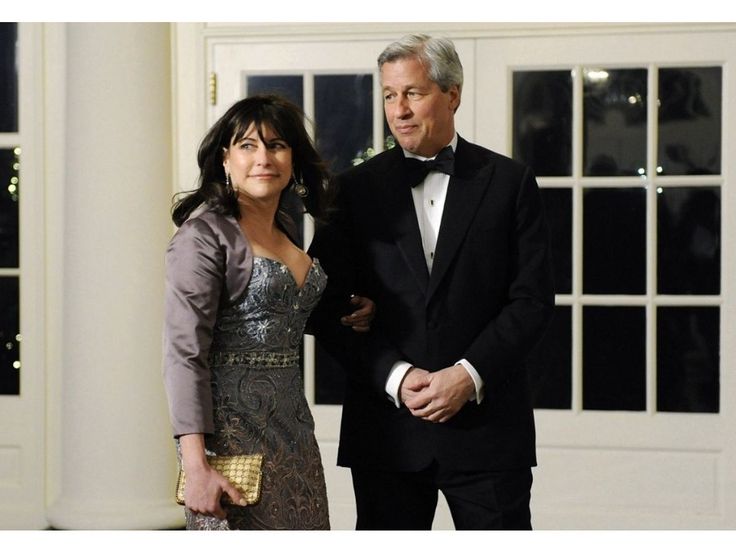Have you ever felt the electrifying energy of a live jazz band? Whether in a cozy club or a grand concert hall, jazz bands have a way of capturing the spirit of the moment and transporting listeners into a world where music speaks louder than words. The improvisation, the rhythm, and the sheer passion behind every note make Jazz Bands a unique musical experience. But what exactly makes jazz bands so special, and why do they continue to thrive even in modern times?
The Origins of Jazz Bands
Jazz bands, as we know them today, have their roots in the early 20th century, particularly in New Orleans. Jazz originated as a fusion of African, Caribbean, and European musical traditions. The city, with its rich cultural melting pot, provided the perfect backdrop for this new sound. Small groups of musicians would gather to play at parades, parties, and street corners, mixing various musical styles, such as blues, ragtime, and spirituals.
By the 1920s, jazz had spread beyond New Orleans to cities like Chicago and New York, leading to the formation of more structured jazz bands. These early bands, often consisting of trumpets, trombones, clarinets, and a rhythm section of drums, bass, and piano, became the blueprint for the jazz bands we see today.

The Role of Improvisation
One of the key elements that sets jazz bands apart from other musical groups is improvisation. In jazz, musicians often create music on the spot, allowing for spontaneity and creativity. Each musician gets a chance to showcase their style while contributing to the overall sound of the band.
This improvisational nature means that no two jazz performances are ever the same. Even if a band plays the same song night after night, each rendition can be completely different, offering something fresh and exciting to the audience. It’s this unpredictability that keeps jazz bands so engaging and timeless.
The Different Types of Jazz Bands
Over time, jazz has evolved into many different subgenres, and jazz bands have adapted accordingly. Today, you can find various jazz bands, each with its unique sound and style.
- Traditional Jazz Bands: Also known as Dixieland bands, these groups stay true to the early sounds of jazz from New Orleans. They typically feature instruments like trumpets, clarinets, and trombones, strongly focusing on group improvisation.
- Big Bands: These are larger ensembles that became popular during the swing era of the 1930s and 1940s. Big bands usually include sections of brass, woodwinds, and rhythm instruments, creating a full and powerful sound. Think of famous big bands led by legends like Duke Ellington and Count Basie.
- Bebop Bands: In the 1940s, a more complex and fast-paced style of jazz emerged called bebop. Bebop bands were smaller than big bands, usually consisting of a quartet or quintet, and emphasized intricate melodies and harmonies.
- Modern Jazz Bands: Today’s jazz bands continue to innovate by blending jazz with other genres such as rock, hip-hop, and electronic music. These bands push the boundaries of jazz, attracting a new generation of listeners.
Instruments in a Jazz Band
Jazz bands use a wide range of instruments, but a few stand out as the most iconic. Each instrument plays a vital role in creating the rich, layered sound of a jazz performance.
- Trumpet: The trumpet’s bright, bold sound is often the lead instrument in many jazz bands. Famous trumpet players like Louis Armstrong and Miles Davis helped define jazz with their expressive playing.
- Saxophone: The saxophone, especially the tenor and alto varieties, became a staple of jazz in the 1930s. Players like John Coltrane and Charlie Parker revolutionized the way the instrument was played in jazz.
- Piano: The piano provides both melody and harmony in a jazz band. Pianists like Thelonious Monk and Bill Evans have left a lasting impact on jazz with their unique styles.
- Bass: Whether it’s a double bass or electric bass, this instrument provides the foundation for the band’s rhythm. The bass keeps time and drives the groove, ensuring that the music swings.
- Drums: Jazz drummers, like Max Roach and Art Blakey, are known for their intricate rhythms and ability to keep the band in sync. The drums set the tempo and create dynamic accents throughout the performance.
The Importance of Collaboration
Jazz bands thrive on collaboration. Every musician in a jazz band listens to one another and reacts in real-time to the music being played. This form of musical conversation allows for a unique connection between the performers and the audience.
Unlike other musical genres where a single lead singer or instrument takes center stage, jazz bands often pass the spotlight from one musician to another. This creates a democratic atmosphere where each performer contributes equally to the music. Collaboration in jazz bands requires trust, skill, and a deep understanding of music theory and technique.
Jazz Bands in Modern Culture
Though jazz may have peaked in popularity during the swing era, jazz bands continue to play an important role in modern music. Today, jazz is often seen as a sophisticated genre, enjoyed in intimate venues like jazz clubs or prestigious festivals.
Many contemporary musicians continue to form jazz bands and experiment with the genre’s rich history. Artists like Kamasi Washington and Snarky Puppy have brought jazz back into the spotlight, mixing traditional jazz with modern influences. These new jazz bands appeal to a younger audience while honoring the legacy of jazz greats.
In addition to live performances, jazz bands have also made their mark in film, television, and video games. Jazz soundtracks are often used to set a cool, laid-back atmosphere or to highlight a dramatic moment.
The Future of Jazz.Bands
As we move further into the 21st century, jazz .bands show no signs of slowing down. Jazz continues to evolve, absorbing new influences and styles. While the genre may not dominate the charts like it once did, jazz.bands remain a vital part of the musical landscape.
One exciting trend is the resurgence of live music, with more people seeking out live jazz performances as a way to connect with the art form on a deeper level. The intimate, interactive nature of jazz.bands offers an experience that recorded music simply cannot replicate.
Conclusion: Why Jazz Bands Matter
Jazz.bands are more than just a group of musicians playing together; they represent the essence of musical creativity and collaboration. The freedom to improvise, experiment, and push boundaries is what makes jazz.bands so captivating. Whether it’s a small quartet in a jazz club or a big band on a festival stage, jazz.bands have a unique way of bringing people together and keeping the spirit of jazz alive.
So, the next time you get the chance, why not attend a live jazz performance? You might just find yourself swept away by the magic of jazz, where every note tells a story, and every musician adds their voice to the conversation.










